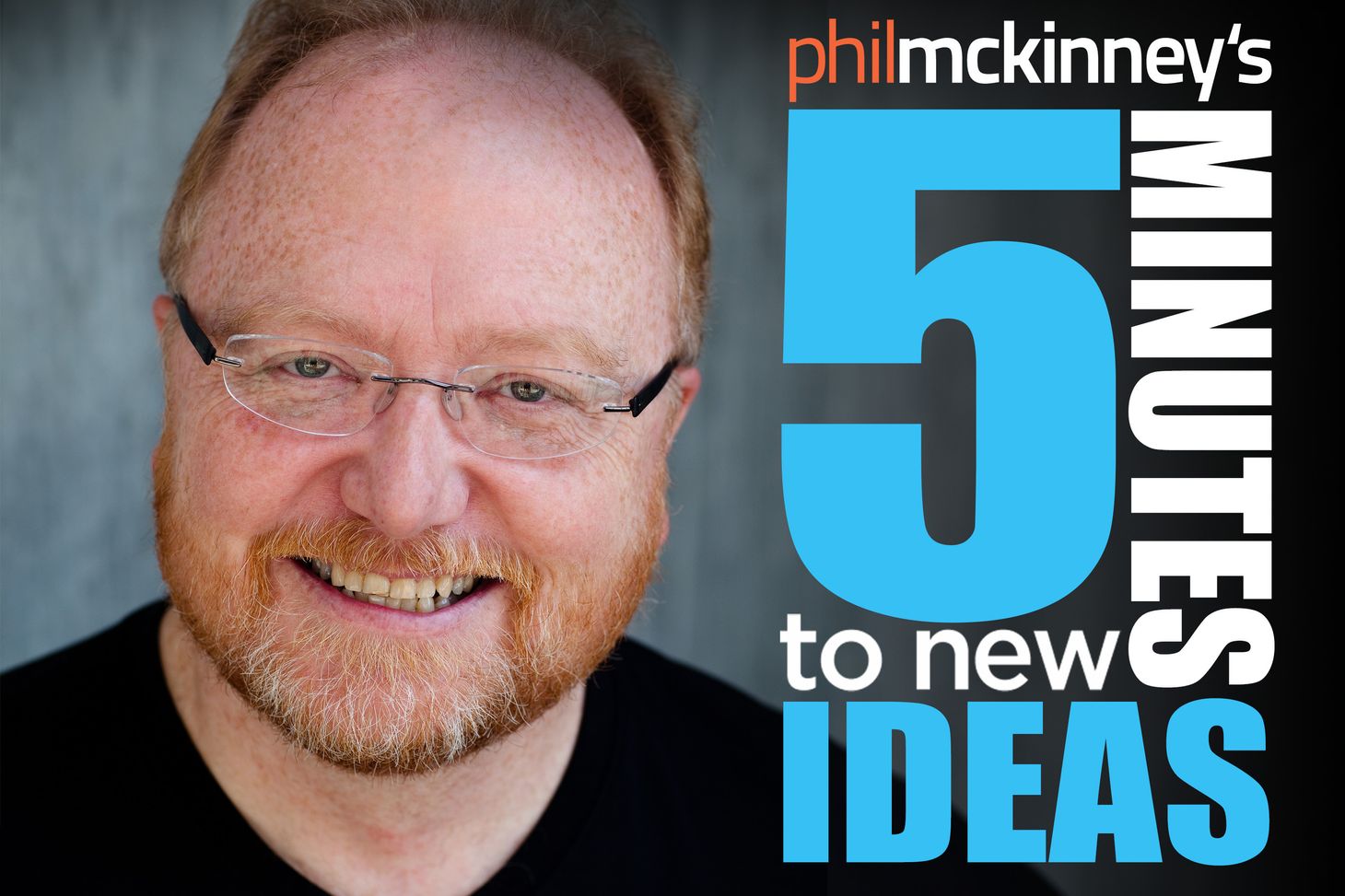Ageism and Innovation

Some have put forth what I believe is a false premise -- that creativity and innovation are for the young. Silicon Valley has clearly bought into this premise. If you are over 40, some could rightly argue 35, many of the companies in the valley have taken the position that you are over the hill.
The average age of an employee at leading Silicon Valley companies like Facebook is 28 while Google is 30. My former employer, HP looks like a retirement home with the average age of its employees being 39.
Some of the companies in the valley truly believe that because someone is older, they are less able to be creative -- to be innovative.
Hogwash.
Creativity and innovation know no limits based on age.
A while back, Fortune did a cover story on Warren Buffet. In the process of building his company, Berkshire Hathaway, he has acquired companies of all sizes and industries. Probably one of his more unusual acquisitions would be Nebraska Furniture Mart.
Nebraska Furniture Mart was founded in 1937 by Rose Blumkin, universally known as "Mrs. B.” In 1983, at age 89, Mrs. B sold 80% of Nebraska Furniture Mart to Warren Buffett in a one-page handshake deal. Buffett bought the company without auditing her inventory or books, instead basing the deal on his own shopping experience at the Mart and his respect for the Blumkin family. Mrs. B sold the business due to her belief that if she sold before her death, her children wouldn't fight over the company. She continued to work at the store, putting in her normal 70 hour work week, using an electric scooter to get around. Soon after the sale, Buffett would say, “Put her up against the top graduates of the top business schools or chief executives of the Fortune 500 and, assuming an even start with the same resources, she’d run rings around them.”
Buffet said in his annual report not long after the acquisition that Mrs. B is clearly gathering speed and “may well reach her full potential in another five to ten years. Therefore, I’ve persuaded the Board to scarp our mandatory retirement-at-100 policy. And it is about time,” he adds “With every passing year, this policy has seemed sillier to me.”
Perhaps this was in jest, but Buffet simply does not regard age as having any bearing on how able a person is. Maybe because he has worked over the years with an unusually large number of older executives and treasured their abilities. Buffet said, “Good leaders are so scarce I can’t afford the luxury of letting them go just because they’ve added a year to their age.”
The same applies to when someone starts down the innovation path. You can pick up the creativity mantel at any age.
Van Gogh was late in becoming an artist. He began at the age of 27, well past when other leading artists started learning their craft. His drive to catch-up for his late start resulted in an enormous output - 840 paintings and 850 drawings and watercolors - were completed during the last 10 years of his life. He painted furiously until the end, doing 70 paintings and more than 30 drawings in the last 70 days of his life.
Someone judging a persons ability to be successful creatively based on age is nothing more than ageism which is a form of bias.
Bias is when a person or organization unfairly show favoritism towards something or someone such as the bias to hire younger staff because a leader believes they are more creative -- more innovative. Bias is one of those things that can crop up without us even be conscious of it.
Reminds me of the story of young American at a banquet who found himself seated next to a Chinese diplomat. Not knowing what to say to a Chinese person, the young man pointed to the first course and asked, “Likee soupee?” The diplomat nodded and smiled.
Later, the Chinese diplomat, Wellington Koo, was called on to speak and delivered an eloquent address in flawless English. As he sat down to the sound of applause, he turned to the young American and said, “Likee speecchee?”
Ask yourself …
If you are a leader, do you or your organization hold a subconscious bias about who can or cannot be creative in your organization? If so, be the change your organization needs.
If you in the “over hill” gang, what is it you would like to do creatively to prove to yourself and others that creativity does not have an expiration date? Then do it.
I’m Phil McKinney … and thanks for listening.




